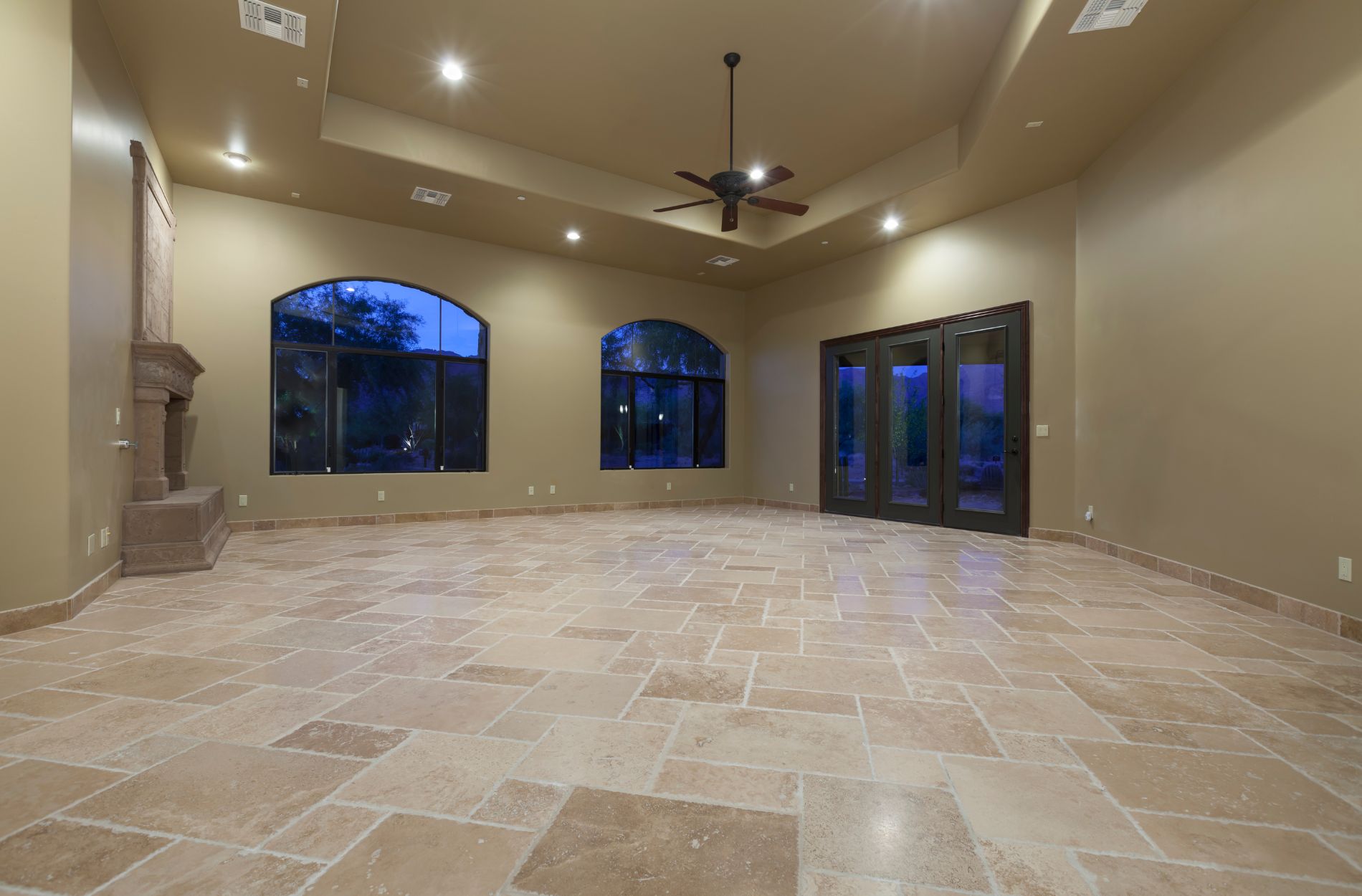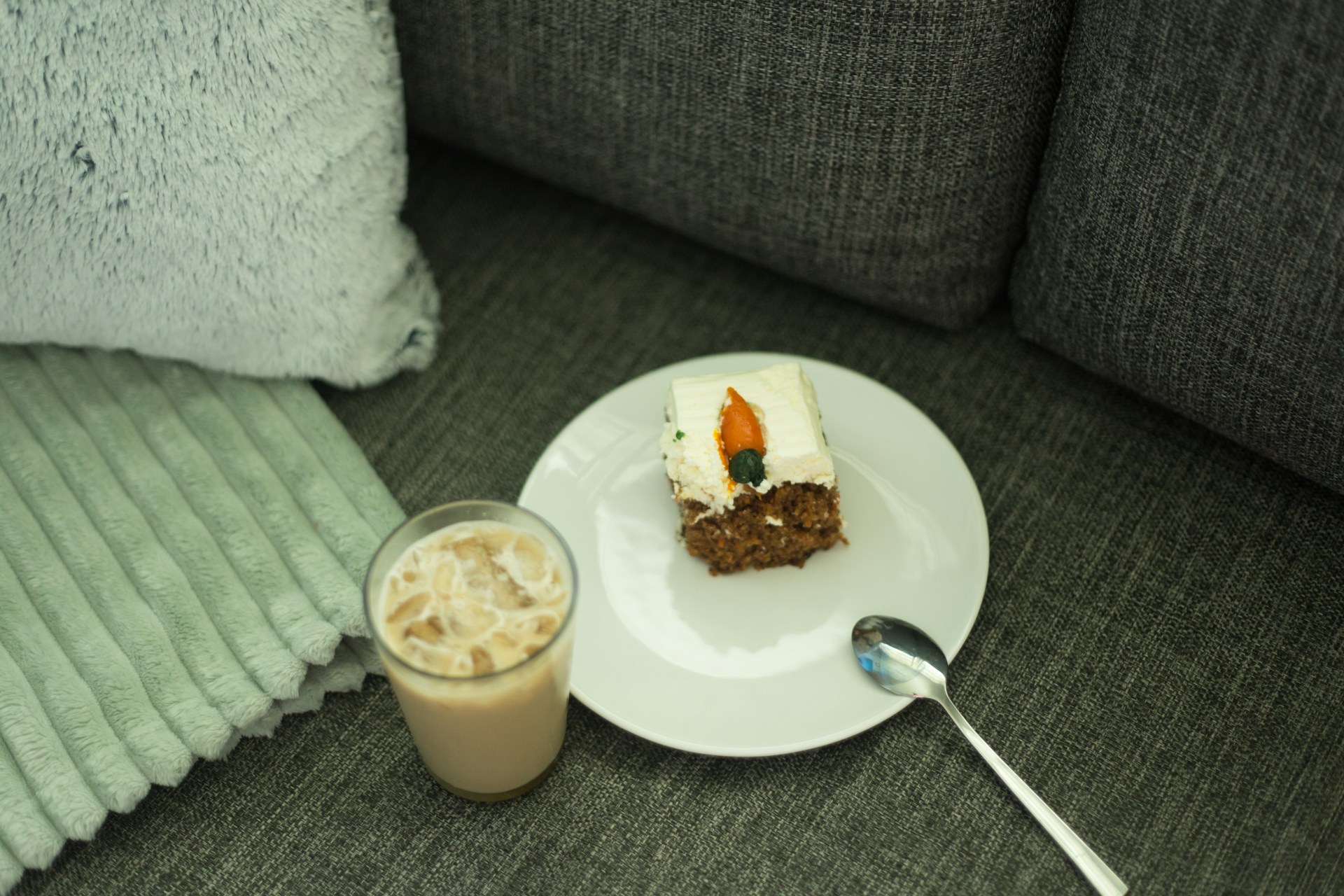Tile is a popular choice in homes because it’s durable, easy to clean, and looks good in just about any room. But even tile has its weak spots. One issue many homeowners don’t see coming is build-up from salt and hard water deposits. Over time, these deposits can leave tile looking dull, stained, or even discolored. You might notice streaks or white crusty layers forming in the kitchen, bathroom, or near entryways—anywhere water or salty residue is common.
Understanding what causes these deposits and what they can do to your tile surfaces helps you spot early signs of damage before it gets worse. Whether you’re dealing with splash-heavy zones like the bathroom or tracking in road salt during the winter months, salt and hard water can stick around long after the mess is cleaned up. Staying ahead of the build-up can keep your tile looking fresh longer and help avoid expensive repairs or replacements later.
What Are Salt And Hard Water Deposits?
Salt deposits show up when water that contains dissolved salts dries up and leaves a residue behind. This often happens in areas where people use road salt in winter or near kitchens where salty food or spills might be more common. You’ll usually find the signs around baseboards, floors near outside doors, or in entryways where wet shoes are left. When the water dries, the salt sticks to the surface and often turns into a white or gritty layer.
Hard water deposits, on the other hand, aren’t about salt. These come from water that has a high mineral content—usually calcium and magnesium. When hard water splashes or spills onto a tile surface and evaporates, it leaves chalky white spots or a cloudy film. Bathrooms are the most common spots for these, especially around showers, tubs, and faucets where water hits tile regularly.
Here’s a quick way to tell them apart:
– Salt deposits: Usually dry, gritty, or powdery with a white or gray color; more likely near entrances or kitchens.
– Hard water deposits: Tend to look like a foggy film or form tough chalky spots; found near sinks, tubs, and toilets.
While they may not seem like a big deal at first, both types of build-up can stick to grout lines, wear down sealants, and even cause long-term damage if left untreated. Knowing where and why they show up is the first step toward keeping them in check.
Effects Of Salt Deposits On Tile Surfaces
Salt might seem harmless, but when it dries on tile, it can wear things down over time. It doesn’t just settle on the surface, either. It can get into grout lines and small cracks, and when moisture mixes in again, it reactivates and keeps breaking things down. That can speed up wear and make the tile and grout look aged or stained far earlier than expected.
Here are a few things salt deposits can cause:
– Dull patches that won’t shine no matter how much you mop
– White rings or outlines left behind by puddles or spills
– Discoloration in grout that looks darker or blotchy
– Flaking or brittle grout lines from repeated salt exposure
The longer the salt stays on tile, the harder it is to remove. It can start to stick beneath the surface, especially on unsealed tile, leaving a faded or uneven look even after a thorough clean. You might notice this after winter passes—a once rich-looking floor now looks like it’s been scraped up by sandpaper.
Watch for these early warning signs:
– Floors look dusty or chalky no matter how much you clean
– Dark tile appears patchy or has whitish smudges after drying
– Grout lines seem wider or more crumbly than usual
Keeping salt build-up under control starts with watching where it gathers. The moment you start to see stubborn white spots near doorways, hallways, or garage entry areas, it’s time to take a closer look. Cleaning often helps, but if the damage is already absorbing into grout or causing texture changes, that may need more than a household mop to fix.
Impact Of Hard Water Deposits On Tile And Grout
Hard water doesn’t just leave a film. Over time, it creates tough layers that no regular mop or sponge has much chance against. These mineral deposits sit on tile and grout, building up slowly. Eventually, the clean look of the surface starts to fade under spots that just won’t come off. And when those deposits work into grout lines, they harden and make cleaning even tougher.
Bathrooms usually catch the brunt of this because water gets used there the most. Showers, tubs, and sink backsplashes get hit over and over with hard water. You might notice:
– Cloudy white streaks on tiles, especially dark-colored ones
– Chalky residue that reappears even after cleaning
– Grout lines changing color or hardening in texture
– Slippery floors that feel slick despite regular cleaning
These issues often get worse during summer months when water evaporates faster, depositing more minerals. In high-humidity seasons, the stuff builds up even quicker in corners and edges. One example includes a guest bathroom with limited airflow—walls and floors end up with a white haze no matter how often it’s wiped down.
This kind of damage also affects how safe tile floors are. When slick film forms on the surface, it can cause slips—especially dangerous for kids or older adults. That film also makes the floors look aged, which ruins the appeal if you’re trying to keep your home feeling fresh and bright.
The tricky part is that hard water buildup doesn’t just sit on top. It settles deep in grout, where it’s harder to reach. And the longer it stays, the more effort it takes to truly get it clean again.
How To Prevent And Manage Salt And Hard Water Buildup
The best way to deal with salt and hard water is to stop them from setting in. Once visible deposits show up, it’s usually past the simple-wipe stage. But with consistent habits, you can prevent them from becoming an ongoing issue.
Here are a few helpful steps:
1. Dry surfaces regularly – After showers or cleaning, give tiles a quick wipe to avoid water sitting too long.
2. Use mats in entryways – Especially during winter or rainy seasons, mats trap salt and water before it hits the tile.
3. Keep bathrooms ventilated – Run a fan or open a window to keep moisture from collecting on tile.
4. Clean frequently – Regular cleaning of tile helps keep salt from settling and hard water from building up layer by layer.
5. Avoid harsh tools – Scrubbing with sharp brushes can damage tile sealants and grout.
6. Don’t ignore early smudges – White haze, dusty-looking patches, or slick spots often indicate it’s time to intervene.
Even with these habits, build-up can sneak into hard-to-reach corners or older grout that’s lost its seal. Cleaning yourself might help with visible areas, but stubborn spots need specialized tools and knowledge—not just elbow grease.
Fresh Tile Looks Start With Good Maintenance
Tile adds beauty and structure to floors and walls, but it takes mindful care to keep that sharp look. Salt from outside and minerals in hard water can lead to the kind of grime that doesn’t wash away with a regular rinse. These deposits, once built up, dig into grout, leave behind haze, and shift the look of your tile from polished to patchy.
Spotting the signs early and knowing where problems usually show up gives you a head start. Regular upkeep, smart prevention, and cleaning methods that protect your tile surface all go a long way. The goal is to protect not just the look, but the strength of your tile.
When the usual methods stop working, or the deposits have been left untreated for too long, deeper cleaning becomes the smartest way forward. Left unchecked, the tile ends up tired and worn. But with the right help, you can restore your tile and grout without having to start over. Keeping that tile fresh just takes the right kind of attention.
For those stubborn deposits that regular cleaning can’t tackle, professional help can make all the difference. Aladdins Carpet Cleaning specializes in cleaning of tile, helping your surfaces stay bright, smooth, and long-lasting. Give us a call so we can keep your tile looking its best year-round.



